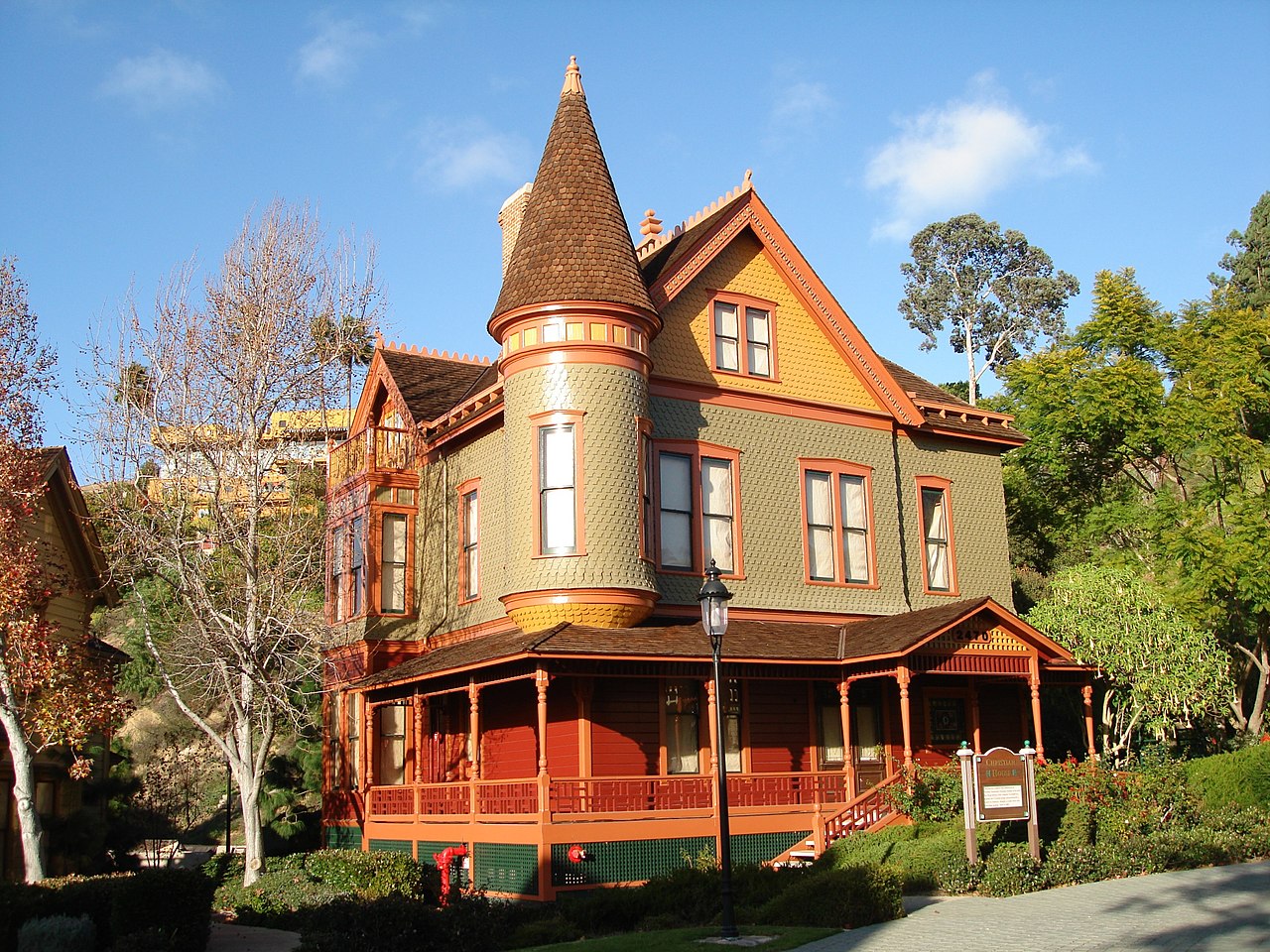
Remodeling a historic home in San Diego can be both rewarding and challenging. Preserving the charm and character of an older home while updating it to meet modern needs requires careful consideration and planning. San Diego is home to many historic districts, each with its own unique architectural styles and regulations. Figuring out how to navigate the remodeling process while adhering to these guidelines is crucial to ensure a successful project.
One of the keys to a successful historic home remodel is understanding the architectural styles that are prevalent in the area. This knowledge helps you make informed decisions when selecting materials and integrating modern conveniences into your remodel plan while keeping the historical integrity of your home intact. Another essential factor to consider is working within the regulations set forth by San Diego’s various historic districts, as well as understanding the potential financial incentives that may be available for your project.
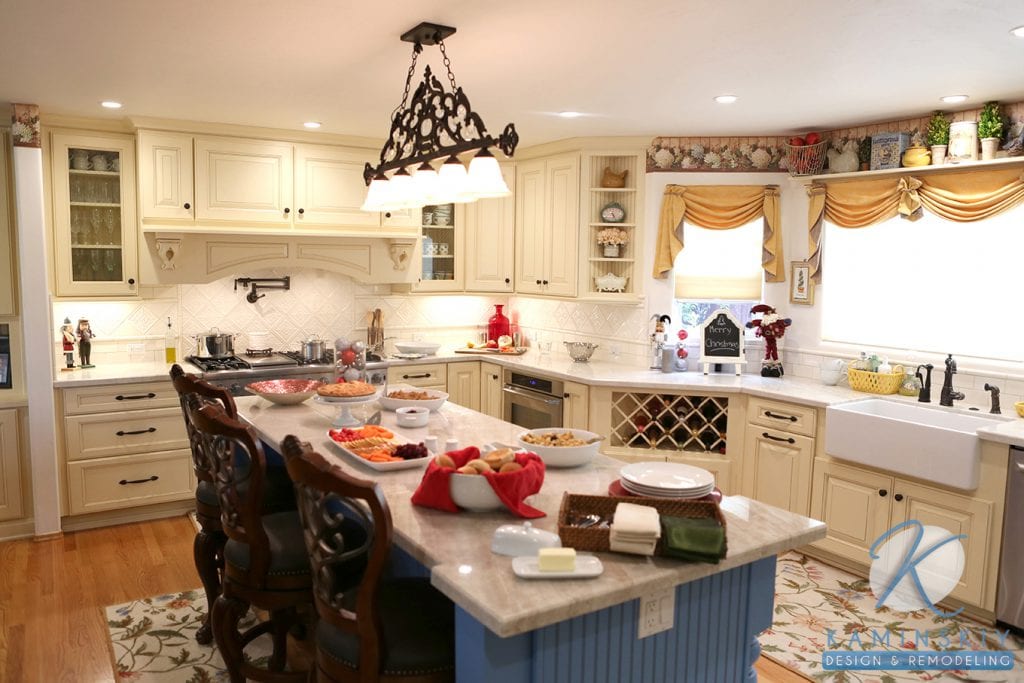
When undertaking a historic home remodeling project in San Diego, it’s essential to preserve the unique character and architecture of the property. It would help if you had a clear understanding of the difference between remodeling and renovating a house to choose the right approach for your historic home.
First, identify any specific historical features or unique craftsmanship elements you want to maintain. This step typically involves researching your home’s architectural style and local history. It helps you grasp which aspects of the property hold special significance and can guide you in making informed decisions.
Next, ensure you work with a professional team with the right experience and expertise in historic home remodeling. An experienced home remodeling contractor in San Diego can help you navigate the challenges that might arise during the remodeling process. Their knowledge of local permitting and preservation regulations will be invaluable, ensuring you don’t face any legal issues.
When selecting your remodeling team, it’s crucial to find experts who share your vision and respect the home’s historic character. They should understand the importance of preserving original elements while seamlessly integrating modern design and functionality. Please don’t hesitate to ask for samples of their previous work with historic properties.
Remember, communication is vital in any remodeling project, particularly for historic homes. Provide clear instructions to your team about prioritizing preserving original features while incorporating your personal preferences into the design. Establishing a solid line of communication and understanding will help avoid potential misunderstandings down the line.
In conclusion, understanding the nuances of historic home remodeling is crucial in preserving the architectural integrity and character of your San Diego home. By working with experienced professionals, researching the property’s history, and communicating effectively, you can successfully remodel your historic home while keeping its heart and soul intact.
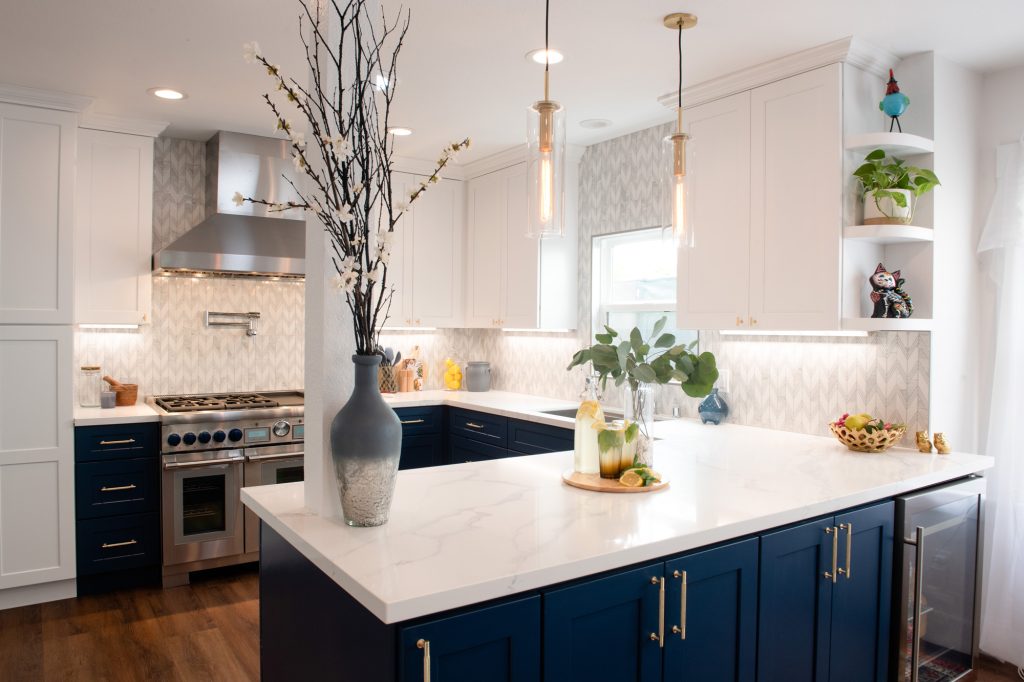
When remodeling your historic home in San Diego, it is essential to understand the architectural styles that are common in the area. By knowing the styles, you can make appropriate choices to preserve the character of your home while also incorporating modern updates.
One of the oldest architectural styles in San Diego is the Victorian style, which includes the Queen Anne, Stick, and Shingle styles. Houses built in this style were erected after 1860. Victorian homes can be easily identified by their intricate detailing, asymmetrical facades, and steep-pitched roofs.
Craftsman and Bungalow styles are also popular in the area. Characterized by their low-pitched roofs, these homes provide a more casual and relaxed atmosphere. They often feature wide, overhanging eaves, exposed rafters, and front porches. Incorporating natural materials such as wood and stone is a crucial aspect of these styles.
Spanish-inspired styles, which include Spanish Colonial, Spanish Eclectic, and Mediterranean styles, are another significant component of San Diego’s architectural landscape. These homes usually have clay tile roofs, white stucco exteriors, and arched doorways. Adobe and folk elements can be found in many Spanish-style homes, further emphasizing the regional influence on their design.
Ranch-style homes offer a simpler, more open floor plan and gained popularity in the mid-20th century. These homes are characterized by their long, low-profile, and minimal exterior decoration. The emphasis is on practicality and efficient use of space, with an indoor-outdoor connection.
When planning your remodeling project, consider how the changes will affect the overall look and feel of your home in relation to San Diego’s rich architectural history. Incorporating elements from the original style can help maintain the charm and authenticity of your historic home and make it stand out in today’s San Diego home design trends.
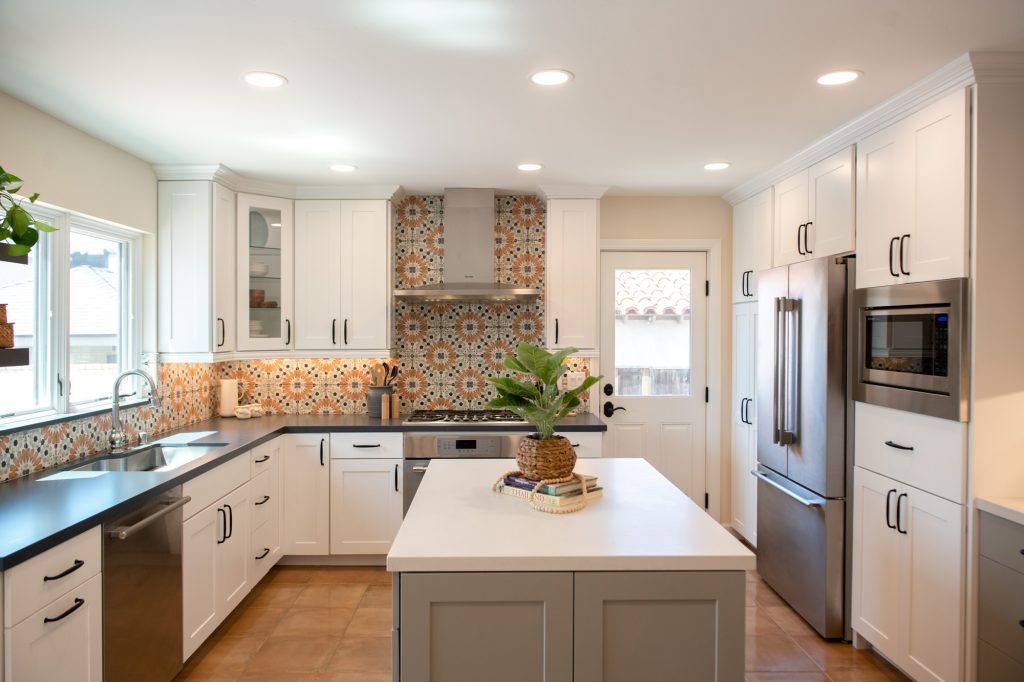
As you explore San Diego’s historic homes, you’ll find a variety of neighborhoods and districts with rich architectural heritage. Some of the most notable historic districts in the city include Balboa Park, Point Loma, Sherman Heights, and Golden Hill. Additionally, the North Park community features the Park Boulevard Residential Historic District.
Balboa Park, a cultural hub in San Diego, boasts stunning architecture and lush gardens. When remodeling a historic property in this area, you can draw inspiration from the park’s Spanish Colonial Revival and California Mission styles.
The Point Loma Theosophical district is known for its charming period architecture. As you plan your home renovation, consider preserving the unique style and character of homes typical to this coastal neighborhood.
In Sherman Heights, you’ll find a mix of Victorian and Craftsman-style homes. Maintaining the authentic craftsmanship and architectural details in your renovation project will help preserve the historic appeal of this community.
Golden Hill is another historic district featuring an array of architectural styles. Whether you’re working on a Craftsman bungalow or an Italianate villa, strive to maintain the design elements common to the neighborhood.
Finally, the Park Boulevard Residential Historic District in North Park showcases impressive examples of period architecture. Respecting the original design and architectural integrity is crucial when remodeling a home in this district.
Regardless of the historic district your property is located in, keep in mind the importance of preserving the community’s character and heritage. By updating your home with respect for its architectural roots, you can enjoy modern living while maintaining the charm of San Diego’s history.
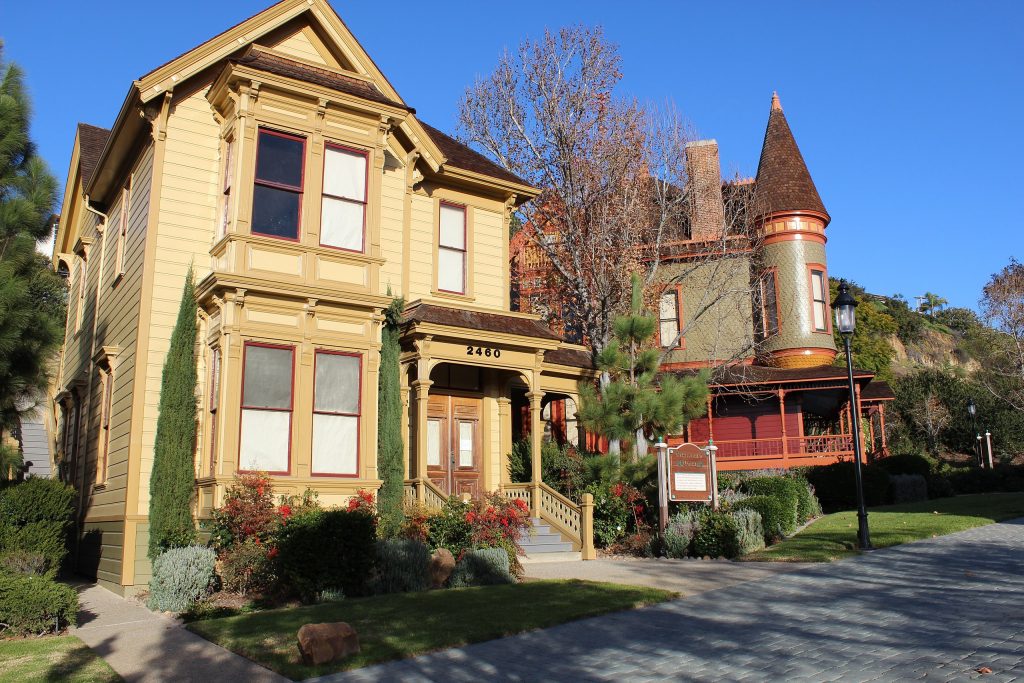
When remodeling a historic home in San Diego, one significant aspect to consider is incorporating modern conveniences without sacrificing the home’s original charm. To achieve this, focusing on critical areas of the house, like the kitchen and floor plan, will create a harmonious blend of old and new.
For instance, when updating the kitchen, careful design mastery is crucial. You can retain the historical look by preserving original architectural details, such as crown moldings and window trims while introducing modern appliances and fixtures that complement the existing style. This approach will not only keep the historical essence alive but also make your kitchen more functional by maximizing the available space.
Another essential factor to consider is evaluating and updating the floor plan to accommodate an open-plan living arrangement, which is popular in modern homes. Although historic homes often feature smaller and more separated rooms, you can strategically remove walls or modify the architectural elements to create a seamless flow between spaces without compromising the original design. Doing so will allow you to enjoy the benefits of modern living while preserving the home’s historic charm.
Lastly, incorporating modern conveniences such as energy-efficient lighting, heating, and cooling systems is an excellent way to enhance your living experience in a historic home. These upgrades not only improve comfort but also promote sustainability and reduce energy costs in the long run.
By combining these strategies, you can successfully modernize your historic home while maintaining its unique character, striking a balance between preserving history and enjoying contemporary living.
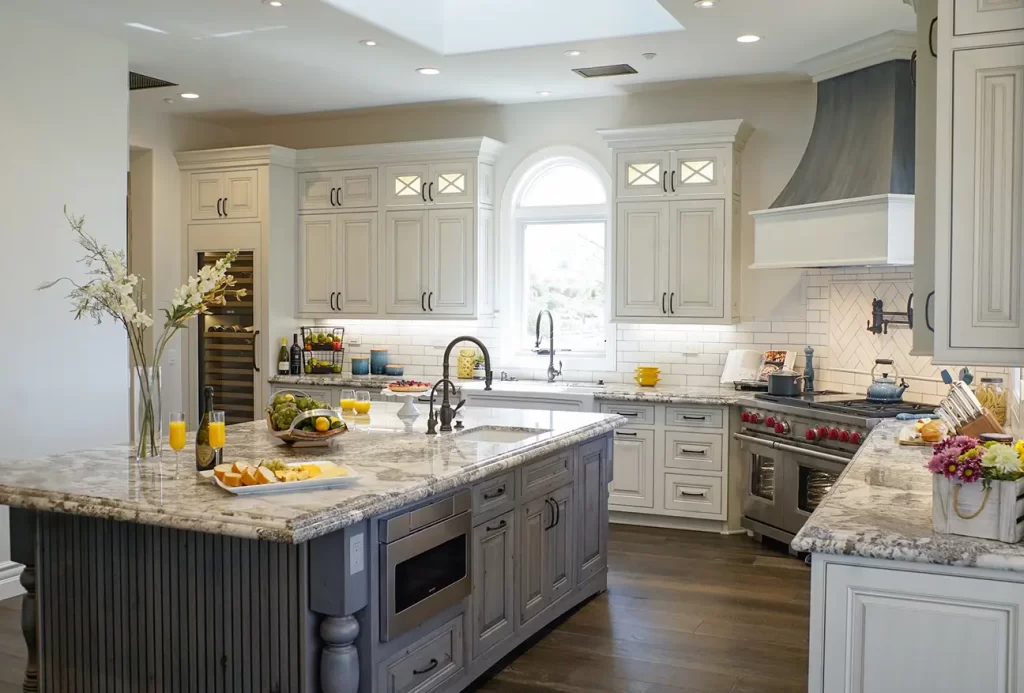
When planning a remodeling project for your historic home in San Diego, it’s essential to be aware of the city requirements and understand the process to maintain your property’s historic integrity. This brief guide will outline essential regulations and resources to help you with your remodel.
First and foremost, familiarize yourself with the Historical Resources Regulations in San Diego’s Municipal Code and Land Development Code. These regulations are designed to protect and preserve the city’s historical resources. Adhering to these rules will ensure that your renovation maintains the historical characteristics central to your home’s value and identity.
One notable financial incentive to preserve your historic home is the Mills Act. The Mills Act is a state property tax relief program that helps you reduce your property taxes in exchange for your commitment to protecting your historic home’s original features. To qualify for the Mills Act, your home must be historically designated by the city.
The Historical Resources Board plays a crucial role in preserving San Diego’s historic resources and will be a valuable resource during your remodeling project. Consult with them to ensure you are meeting city requirements while also staying true to your home’s historical style.
Maintaining the architectural integrity of your historic home is of utmost importance during the remodeling process. While you want to incorporate modern amenities and features, you must also preserve the unique qualities that make your home historically significant. Working with professional designers, such as Kaminkiy Design and Remodeling, experienced in historic home renovations, will help you strike the right balance between modern comforts and preserving your home’s character.
In summary, when remodeling a historic home in San Diego, consider city requirements and the Mills Act tax benefits, consult the Historical Resources Board, and maintain the property’s historic integrity. Collaborate with knowledgeable professionals, and you’ll create a space that respects its past and provides its occupants with the comforts they need.
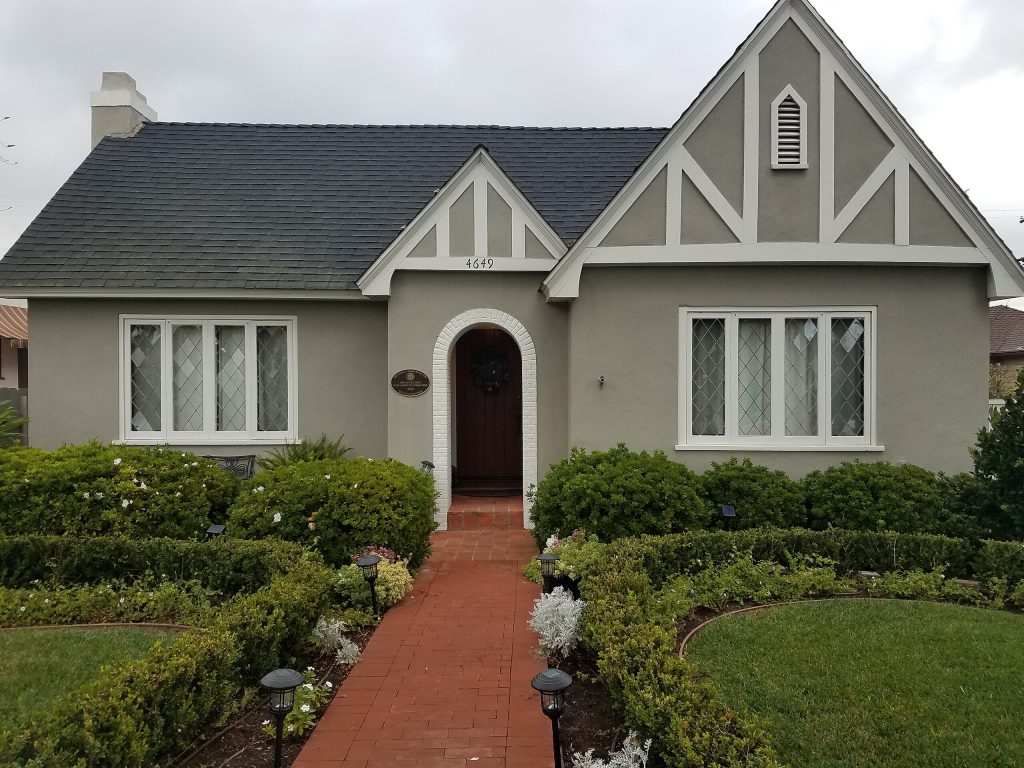
To preserve the original features of your historic home, it’s essential to maintain a balance between modernizing the space and keeping its unique charm intact. First, research the home’s architectural style and identify the features worth preserving. Next, use gentle cleaning methods and materials to avoid damaging delicate surfaces. Where necessary, consider professional restoration services to revive original features like woodwork, moldings, and decorative elements.
Ensuring structural integrity during the remodeling process demands careful planning and expert guidance. Start by hiring a qualified contractor with experience in historic home renovations. They should conduct a thorough assessment of the home’s foundation and structure, identifying potential issues or damages. Always prioritize structural repairs over aesthetic upgrades and closely monitor the renovation process to avoid compromising the home’s long-term stability.
Selecting appropriate materials for your historic home renovation is crucial in maintaining its authenticity. Aim to use period-appropriate materials that closely match the original components, such as reclaimed wood, vintage tiles, or salvaged fixtures. Consult local historical societies for guidance on finding suppliers and resources for historically accurate materials.
Finding the right professionals for your historic home renovation can make a significant difference in the project’s success—research local contractors with a proven track record in historic home renovations. Seek recommendations from friends, family, or historical societies, and review their portfolios to assess their skills. Always request references from past clients to ensure their satisfaction with the contractor’s work.
Renovating a historic home in San Diego typically requires specific permits to ensure compliance with local regulations. Depending on the scope of work, you might need permits for structural changes, electrical upgrades, plumbing, and other alterations. Consult with your contractor or local authorities to determine the necessary permits for your specific project.
Making your historic home energy-efficient is a delicate balance of sustainability and authenticity. Focus on improvements that maintain unique architectural features, such as upgrading windows with energy-efficient glazing, installing insulation in discreet locations, or using energy-efficient lighting and appliances. Consult an expert renovation professional with experience balancing energy efficiency with historic preservation.

Kimberly Villa is a recognized expert in the Home Design and Remodeling industry. Her passion for the industry is matched only by her love for sharing insights, new trends, and design ideas. Kimberly’s expertise and enthusiasm shine through in her contributions to the Kaminskiy Design and Remodeling website blog, where she regularly shares valuable information with readers.